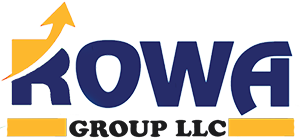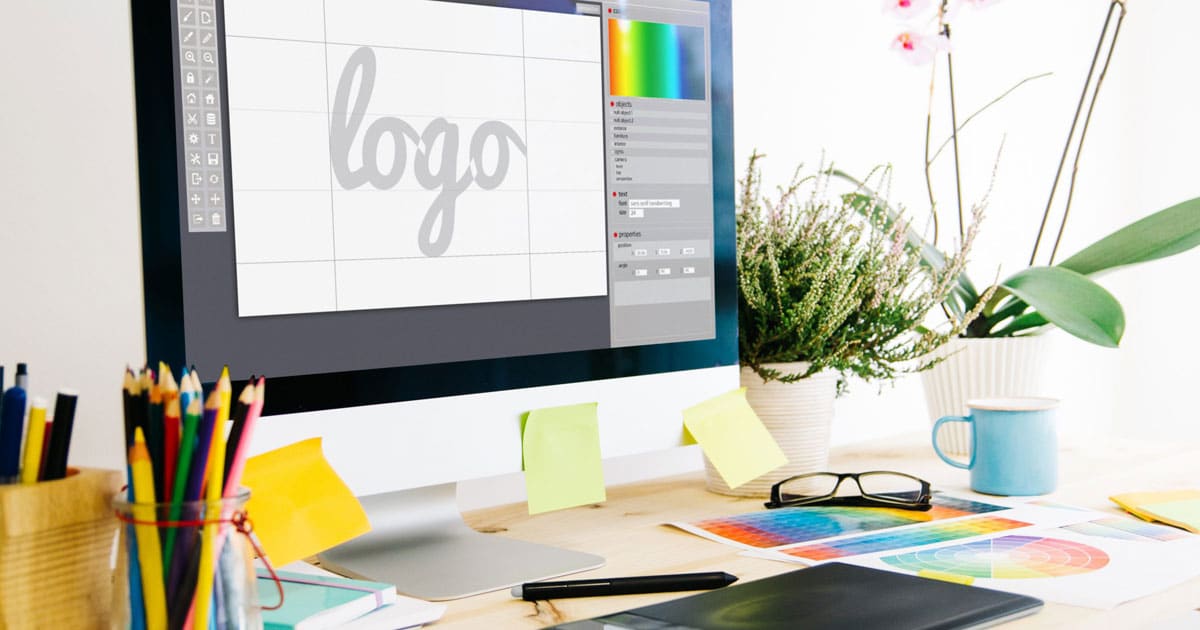Getting Started in Graphic Design: Tips and Advice
A graphic designer is a professional who specializes in creating visual content for a wide range of applications, such as advertising, branding, packaging, web design, and print media. They are responsible for developing visual concepts that communicate ideas to consumers, using a variety of design elements, such as color, typography, images, and layout.
Graphic designers work closely with clients, marketing teams, and other professionals to understand the specific goals of a project and to create designs that meet those objectives. They use specialized software tools, such as Adobe Photoshop, Illustrator, and InDesign, to create designs that can be used for various purposes, such as digital ads, social media posts, brochures, billboards, and packaging.
Successful graphic designers are creative, detail-oriented, and have a strong sense of aesthetics. They also possess excellent communication and time management skills, as they often work under tight deadlines and collaborate with others to complete a project.
What Does a Graphic Designer Do?
A graphic designer’s primary role is to create visual concepts, using various design elements and tools, to communicate ideas and messages to an audience. They work on a wide range of projects, including but not limited to:
Branding and Identity:
Graphic designers develop logos, color palettes, typography, and other visual elements that help establish a brand’s identity.
Marketing and Advertising:
They create ads, posters, billboards, brochures, and other marketing materials that promote a product, service, or event.
Web Design:
They design websites, create user interfaces, and develop visual content for social media platforms.
Publication Design:
They work on layout design for books, magazines, newspapers, and other printed materials.
Packaging Design:
They create the visual elements for product packaging, including labels, boxes, and bags.
Environmental Design:
They design signage, wayfinding systems, and other visual elements for public spaces, such as museums, airports, and hospitals.
In addition to creating designs, graphic designers also collaborate with clients, marketing teams, and other professionals to determine project goals, create budgets, and manage timelines. They often need to revise designs based on feedback and work under tight deadlines to ensure projects are completed on time.
How To Become a Graphic Designer?
To become a graphic designer, you typically need a combination of education, skills, and experience. Here are some steps to consider:
Develop your skills:
Start by honing your skills in design software such as Adobe Photoshop, Illustrator, and InDesign. Take online courses, attend workshops or classes, and practice designing in your free time.
Obtain a degree:
A bachelor’s degree in graphic design, visual communications, or a related field can be helpful in landing a job in the field. This degree will give you a solid foundation in design principles, software, and business skills. Alternatively, you could complete a certificate program or an associate degree in graphic design.
Build a portfolio:
Compile a portfolio of your best design work to showcase your skills and style to potential employers. This portfolio should include a variety of design projects, such as logos, brochures, websites, and other designs.
Get experience:
Gain experience through internships, freelance work, or entry-level positions. This will help you build your skills, network with professionals, and gain industry knowledge.
Stay up-to-date:
Keep up with the latest design trends and technologies by attending conferences, reading industry blogs, and networking with other designers.
Apply for jobs:
Once you have a solid portfolio and experience, apply for graphic design jobs. You can find job opportunities on online job boards, social media, or through professional networks.
Remember, becoming a successful graphic designer takes time and effort, so be patient and persistent in pursuing your goals.
Career Transitioning to Graphic Design: Where To Start
If you’re considering a career transition into graphic design, here are some steps to help you get started:
Research the field:
Learn as much as you can about graphic design by reading blogs, industry publications, and attending events or conferences. This will help you gain an understanding of the skills and tools needed for a career in graphic design.
Build your skills:
Start learning design software such as Adobe Photoshop, Illustrator, and InDesign. Take online courses, attend workshops or classes, and practice designing in your free time. Try to build a portfolio of your work to showcase your skills and style to potential employers.
Consider taking classes:
Enroll in graphic design courses or certificate programs at a local community college, trade school, or online university. This will give you a structured approach to learning graphic design and help you build a foundation of knowledge.
Network with professionals:
Attend local design meetups, join design groups on social media, or attend industry events. This will help you connect with other designers and learn from their experiences.
Build your portfolio:
Create designs for friends or family members or volunteer to design materials for non-profit organizations. This will help you build your portfolio and gain experience.
Consider an internship:
Look for internships or entry-level positions at design firms or companies with in-house design teams. This will help you gain experience, build your skills, and make professional connections.
Remember that transitioning into graphic design may take time and effort, so be patient and persistent in pursuing your goals. The key is to build your skills, network with professionals, and gain experience through projects, classes, and internships.
Advices to start Graphic Designer
Here are some pieces of advice to help you get started as a graphic designer:
Learn the basics:
Start by learning the fundamentals of design, such as typography, color theory, and layout. You can find many resources online, such as tutorials, courses, and books, to help you learn these basics.
Get hands-on experience:
Practice designing in your free time and work on projects for family and friends to build your skills and create a portfolio.
Invest in software and tools:
Graphic design software like Adobe Creative Suite is essential for any designer. Invest in the software and tools you need to create professional designs.
Get feedback:
Share your work with other designers or peers for feedback. This can help you identify areas to improve and build your skills.
Create a portfolio:
Your portfolio is an essential tool to showcase your skills and work to potential employers or clients. Create a portfolio that demonstrates your range of skills and styles.
Seek mentorship:
Look for experienced designers who can offer you guidance and mentorship. Join online design communities or attend local design events to connect with other designers.
Continuously learn:
Graphic design is a constantly evolving field, so it’s essential to stay up-to-date with the latest design trends, techniques, and software. Attend workshops, take courses, and read design publications to stay current.
Remember that becoming a graphic designer takes time and effort. Start by learning the basics, practicing your skills, and building a portfolio. Seek feedback and mentorship, and continuously learn and grow as a designer.
How To Become a successful Graphic Designer?
Becoming a successful graphic designer takes more than just technical skills. Here are some tips to help you become a successful graphic designer:
Develop a strong design foundation:
Learn design principles such as color theory, typography, composition, and layout. These foundational skills will help you create effective designs.
Stay up-to-date with industry trends:
Stay on top of the latest design trends, tools, and technologies by attending conferences, reading industry publications, and following other designers on social media.
Build a portfolio:
Create a portfolio of your best design work that showcases your skills and demonstrates your style. Keep your portfolio up-to-date and tailor it to fit the type of work you want to do.
Communicate effectively:
As a graphic designer, you need to be able to communicate your design ideas effectively to clients and team members. Be able to articulate why you made certain design decisions and how they benefit the project’s goals.
Be open to feedback:
Design is a collaborative process, and it’s important to be open to feedback and willing to make changes to your designs based on client or team feedback.
Meet deadlines:
Meeting deadlines is crucial to building trust and maintaining professional relationships. Develop time management skills to ensure you deliver your work on time.
Build a network:
Build relationships with other designers, clients, and professionals in your industry. Attend events, join design groups on social media, and collaborate on projects with other designers.
Remember that success as a graphic designer comes from a combination of technical skills, communication skills, and professional relationships. Keep learning, stay up-to-date with industry trends, and continuously work on improving your skills and abilities.
In conclusion, graphic design is a creative and exciting field that requires a combination of technical skills, creativity, and communication skills. To become a successful graphic designer, you need to develop a strong foundation in design principles, stay up-to-date with industry trends, build a portfolio of your work, and continuously learn and improve your skills. It takes time and effort to establish yourself as a graphic designer, but with dedication and persistence, you can build a successful career in this field.

